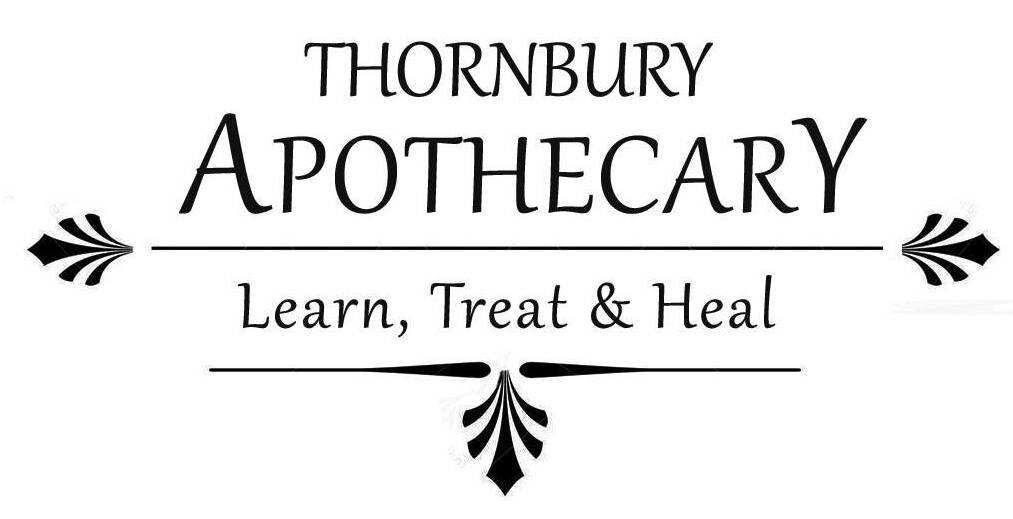Seaweeds: From Your Ancestors, To You.
Almost no matter which part of the world you come from, there’s a good chance your forebears used seaweeds in some way or another. Humans have evolved for thousands of years with seaweeds and our bodies have become accustomed to some very particular constituents in these intriguing organisms.
Seaweeds are not plants, they are not part of the plant family, yet they share some commonalities such as photosynthesis - that is, they make energy from the sun. Plus, their respiratory process produces oxygen. Otherwise they are in fact in a completely different taxonomic kingdom, the kingdom Protista as opposed to the Kingdom Plantae.
Seaweeds have amazing health benefits and are an incredible sustainable and replenishable resource at many-a-doorstep! What’s more is there are close to no real poisonous seaweeds at all!
A few traditional uses of seaweeds
On this continent of so-called australia, First Nations people from coastal regions have been using seaweeds for culinary, medicinal, ceremonial and domestic uses for longer than is known to date. In Hawaii, traditional seaweed dishes are a delicacy and in Aotearoa, Māori people used seaweeds at all times of year, while Karengo was especially used in winter for its high protein and fibre content and availability over that period.
Perhaps best known for its culinary uses of seaweed is East Asia, especially Japan, China and Korea with a vast array of seaweed-containing cuisine such as sushi, miso soup, wakami salads and so much more. Several seaweeds including kelps, brown and red algaes have also been used traditionally in Chinese Medicine for many various complaints.
In Ireland and Scottish isles, seaweed has been invaluable through times of plenty and famine. Dulse, or Dillisk as it is known in Ireland, is still packed and sold in most general stores, especially in the west of the country. In Scotland, seaweed has been harvested in the isles since people have been there. In many testimonials from crofters during the highland clearances islanders reported heavy use of seaweed as a fertiliser to nourish ever failing oat crops.
Health benefits of seaweeds
There are so many health benefits of seaweeds, probably more than we are even aware of!
In Traditional Chinese Medicine, many seaweeds are known for their abilities to decrease phlegm, soften ‘hardness’, as well as clear heat and resolve dampness.
Bladderwrack is used in Western Herbal Medicine for thyroid function and topically for wound healing.
Generally speaking seaweeds are high in iodine, a compound essential for healthy thyroid health. In a standard western diet we wouldn't get nearly enough iodine if most table salts weren't fortified with added iodine for the sake of our poor thyroids! There aren’t many natural sources of iodine as good as seaweeds which is why increasing our consumption of seaweed can greatly benefit our bodies hormonal systems.
Another great benefit of seaweeds is their gut healing properties. With large amounts of soluble fibre, seaweeds provide the perfect food for all of your lovely gut microbes to be feeding on which in turn create compounds known as short-chain fatty acids which help heal, bind and regenerate the cells of your intestinal lining so that you can effectively digest, absorb and eliminate all the right things! What’s more is the mucilaginous content of many seaweeds - mucilage is the gluggy, slimy stuff that forms on your chia seeds or psyllium when you add water; seaweeds also have a fair bit of this stuff which means that the mucilage can coat your gastrointestinal tract on its way through relieving any irritation and protecting it where it needs some extra TLC.
As if this isn’t already outstanding enough, seaweed consumption has been proven to decrease risk of heart disease. Polyphenols (compounds naturally made by plants and seaweeds that help protect them from predation) are found to help lower blood pressure, LDL cholesterol, and total cholesterol levels.
There are probably so many more benefits of eating seaweeds that we don’t yet know about but you can see the amazing functional nutritional uses of seaweeds make them an incredible example of how food really can be medicine!
Foraging for Seaweeds
Everywhere with coastline will likely have some seaweed. If you’re in less polluted areas you might like to try foraging for some yourself! There are many foraging resources online but like mentioned before, there aren’t really poisonous seaweeds so you can’t go too wrong!
Seaweeds are easily cut off rocks at low tide or you might find them loose floating around in the shallows. Obviously it’s hard to overharvest seaweeds as an individual forager but needless to say, always keep in mind that they are habitat and food for other creatures too.
A few ways of eating your foraged seaweeds include:
Dry them out and powder them to sprinkle on your food.
Add strips of seaweeds to stir fry and soups
Dry flakes and use dried or dehydrated in salads
Get creative! There are no boundaries or limits!
Happy seaweed foraging!


